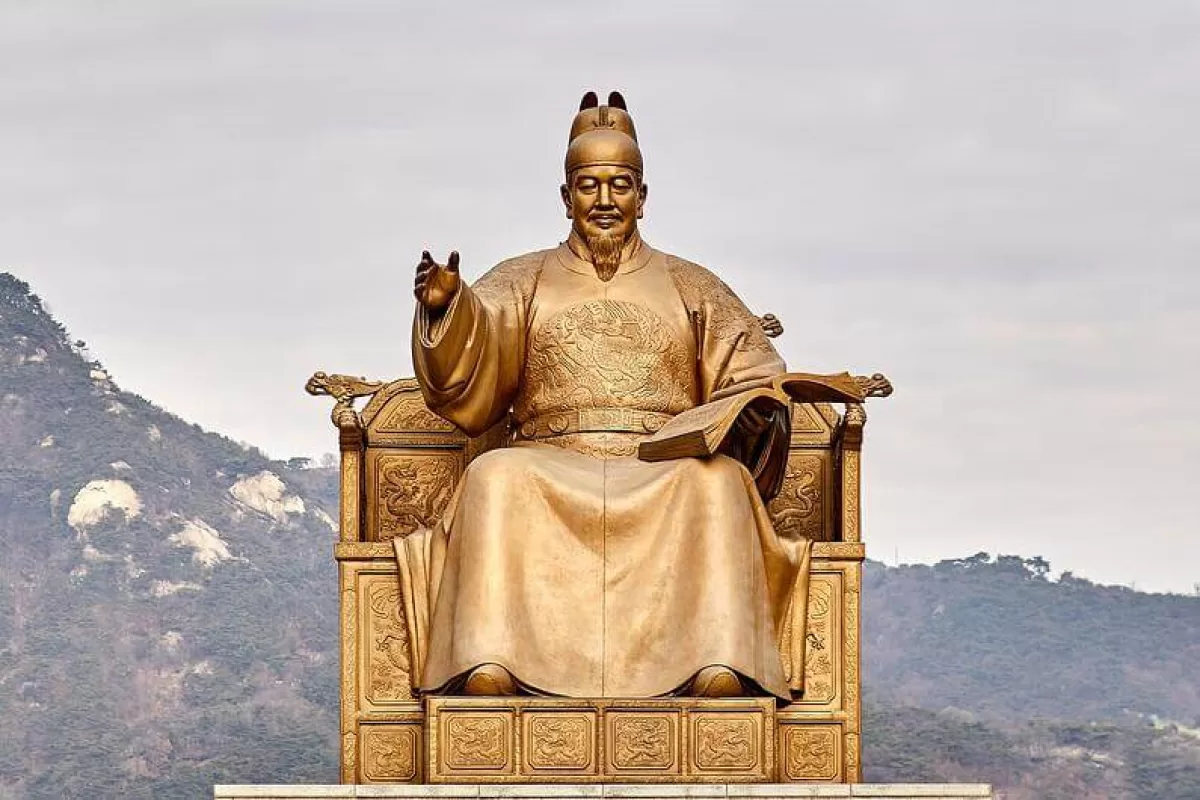King Sejong the Great who was the fourth monarch of the Joseon Dynasty, along with fellow scholars invented the Korean alphabet in 1443. The promulgation of the system came afterwards with a commentary guide “Haeryebon” in 1446. The original name of the language was “Hunminjeongeum,” which translates to “a set of proper sounds for the education of the entire nation.”
The aim of the new alphabet was to improve literacy among the general population, who struggled to learn the complicated writing system used at that time which was based on Chinese characters.
Originally Hangeul consisted of 28 letters. This was later reduced to 24 (14 consonants and 10 vowels) and the language is regarded as so logical and phonetic that linguists worldwide consider it to be one of the most remarkable writing systems in the world.
King Sejong himself famously said of Hanguel, “A wise man can acquaint himself with Hangeul before the morning is over; a stupid man can learn it in the space of 10 days.”
The 14 consonants in Hanguel are grouped to represent how your mouth is shaped as you voice them.
The celebration of the proclamation as a holiday began in the mid-1920s as an attempt to preserve the Korean alphabet while under Japanese colonial rule of Korea (1910-1945), during which time Japanese was the country’s official language.
Originally the day was celebrated according to the Lunar calendar, then on October 28th following some discussion about using the Gregorian or Julian (in use in 1446) calendar. In 1946 the Hangeullal(Hangeul Day in Korean) was finally specified as October 9th in 1946.
